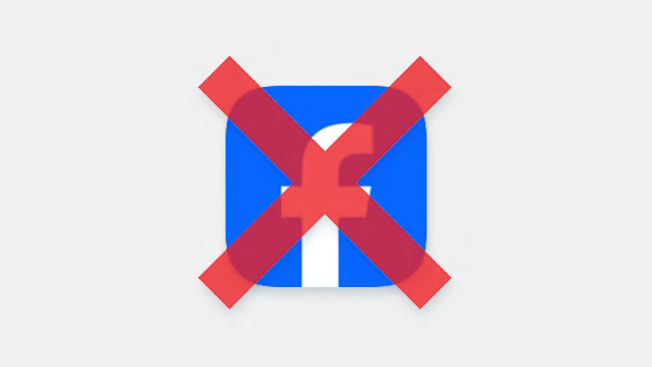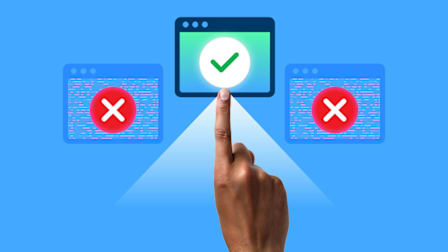How to Delete or Deactivate Your Facebook Account
Before deleting your Facebook account, back up your data and get new credentials for services where you use Facebook Login

Every few years, Facebook does something that makes a wave of people think about quitting the platform. From the Cambridge Analytica debacle years ago to questions about social media’s effect on mental health to recent controversies over content moderation, Facebook and its parent company, Meta, have a habit of provoking users to look for an exit.
Saying goodbye to Facebook isn’t hard if you know where to find the right buttons—but you should know a few key details first.
Deactivate Your Facebook Account
If you just want to take a step back, Facebook lets you deactivate your account temporarily. While you’re inactive, other users can’t see your timeline, view your photos, or search for you on Facebook. However, friends may still be able to read messages you sent them and view your name on their list of friends.
You’ll still be able to use Facebook Messenger while your regular account is down. If and when you’re ready to come back, you can reactivate anytime by logging back in to the site or the app.
To deactivate on the Facebook app: Tap the Menu button in the bottom right > Settings & Privacy > Settings. At the top, tap Accounts Center > Personal Details > Account Ownership and Control > Deactivation or Deletion > Tap your account > Select Deactivate Account and follow the steps.
To confirm that you’d like to go ahead with the deactivation, you’ll have to enter your password.
Download Your Data Before Deleting the Facebook Account
So you’ve made up your mind to quit Facebook—and you really mean it this time. Beware: Once you cross this line, there’s no going back. Your photos, status updates, and messages will disappear, and your name will vanish from Facebook Search. Forever.
Many Facebook users have a trove of data on the site. Before you hit “Delete,” you may want to download your personal information. You’ll be able to get posts, photos, and videos you’ve shared with others; messages and chat conversations; and the details provided in the About section of your profile. (Click here for a full list of archive data.)
Facebook will generate a copy of your personal archive and send it to you via email with a link to a .zip file. Just be sure to save that file before you delete your account. You can also have the data transferred to a service such as Google Drive or Dropbox.
To download your data on the Facebook app: Tap the Menu button in the bottom right > Settings & Privacy > Settings. At the top, tap Accounts Center > Your Information and Permissions > Download Your Information > Follow the steps.
Replace Facebook Login for Other Services
Facebook Login is a popular way to access third-party apps and sites. If you use it, you should create new logins and passwords for those accounts so that you don’t lose access. (Not sure which apps and websites are linked to your Facebook account? Check out the Apps and Websites section in Settings for a complete list.)
Going forward, you can keep your login credentials and passwords handy across multiple devices with a password manager. You could also log in with your Google or Apple credentials.
Ready? Set? Delete Your Facebook Account.
Once you’re finally ready to make your grand exit from Facebook, it’s relatively simple. If you’re logged in with a web browser, go to this page and click on “Delete Account.” Or if you’re using the app, scroll down for the directions.
It’s no secret that Facebook doesn’t want you to leave, and so your account won’t be deleted immediately. Facebook doesn’t start the process until 30 days after you make the request, a delay that Meta says is meant to give you time to change your mind. If that happens, you can log back in during that stretch and your deletion request will be canceled.
In the meantime, your account will be “deactivated,” as described above, so your data won’t be accessible to other Facebook users. And once your account is “deleted,” it may take up to 90 days more for Meta to erase your information from its systems entirely, according to the company.
And there’s no way to scrub yourself completely from every corner of the Facebook platform. Messages you’ve sent to friends will still be visible in their inboxes, for example.
Remember that Facebook isn’t the only social media platform run by the company. Meta also owns and operates Instagram and WhatsApp, among other services. If you want to purge yourself from Meta’s apps entirely, you may need to delete other accounts as well.
To delete on the Facebook app: Tap the Menu button in the bottom right > Settings & Privacy > Settings. At the top, tap Accounts Center > Personal Details > Account Ownership and Control > Deactivation or Deletion > Tap your account > Select Delete Account and follow the steps.




















